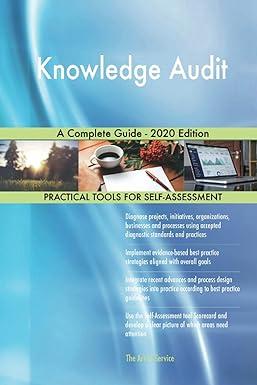Question
5. According to Yahoo! Finance: Last week, the Central Bank of Nigeria announced an unorthodox inflationfighting measure: a redesign of its 100-, 200-, 500-, and
5. According to Yahoo! Finance:
Last week, the Central Bank of Nigeria announced an unorthodox inflationfighting measure: a redesign of its 100-, 200-, 500-, and 1,000-naira currency notes. Forcing people to exchange old notes for new ones, the bank believes, will mop up the huge volumes of currency stashed in private safes, outside the banking system.
The new notes will debut in December, but Nigerians have already been urged to start depositing their old notes before they become invalid by the end of January next year. But as Nigerians look to evade that measure, and to change naira into dollars instead, a consequent shortage of dollars is weakening the naira even further.
The naira officially traded at 438 against the dollar. While that is already a high rise from last year, the real ratetraded outside bank halls on the streets of Lagos and Abujahas shot up to 830 naira to the dollar this week, from under 570 this time last year.
a. Assume that Nigeria effectively has a fixed exchange rate. Show the official equilibrium with a suitable supply and demand graph.
b. Would you be surprised to learn that Nigeria is experiencing a near two-decade high in inflation, at a rate of about 20 percent? Explain using your graph, being sure to identify and label the real rate.
c. Why would Nigerians exchange nairas for dollars instead of exchanging them for redesigned nairas? Why might the redesign plan actually make this problem (converting nairas to dollars) worse?
d. In light of your answers in (c), why would Nigeria impose capital controls, which restrict access and convertibility of funds held at banks?
e. Use your answer in (c) and (d) to explain why Nigerians have a large amount of nairas in private safes, the ostensible motivation for the note redesigns in the first place.
f. Finally, would you be surprised to learn that Nigeria has a major debt problem? (While its debt-to-GDP ratio is around 25 percent, the debt service payments amount to two-thirds of government revenues). Use your answers in (a) through (e) to explain a possible connection.
Step by Step Solution
There are 3 Steps involved in it
Step: 1

Get Instant Access to Expert-Tailored Solutions
See step-by-step solutions with expert insights and AI powered tools for academic success
Step: 2

Step: 3

Ace Your Homework with AI
Get the answers you need in no time with our AI-driven, step-by-step assistance
Get Started


